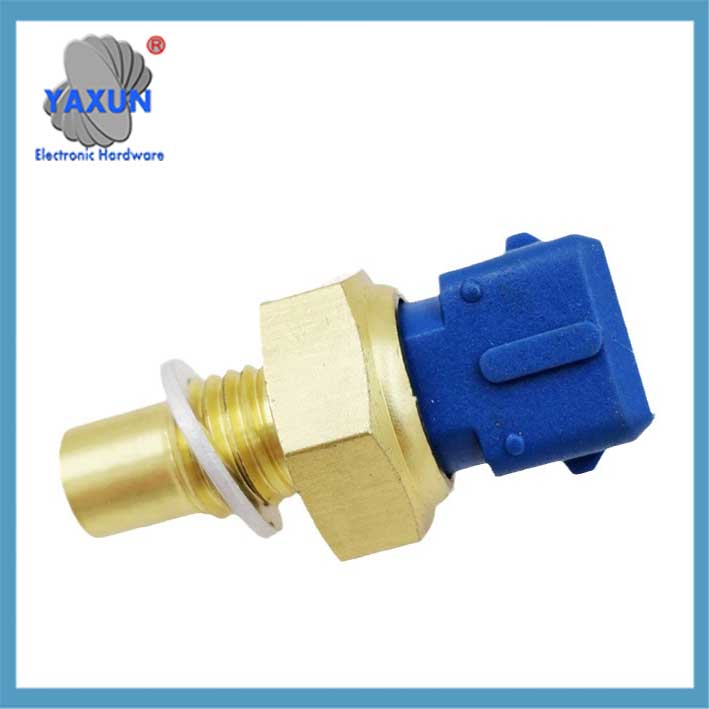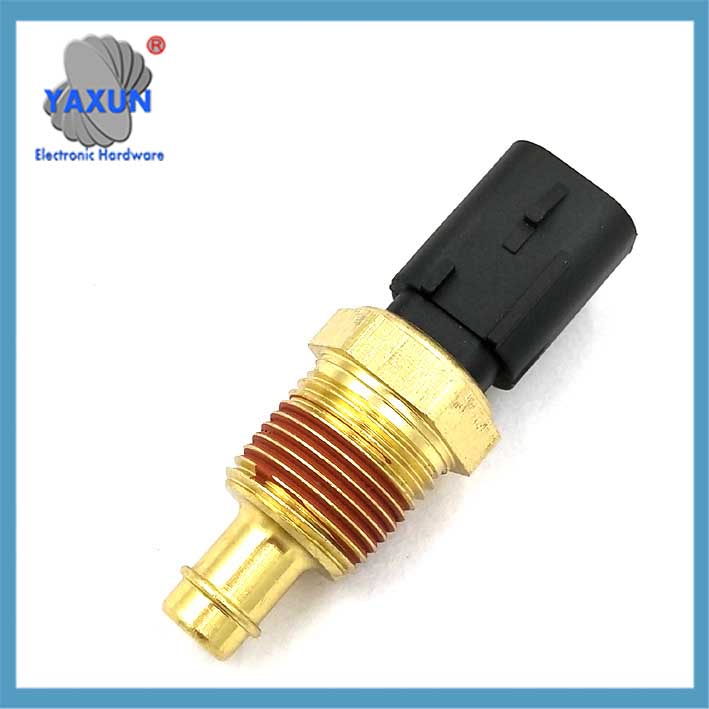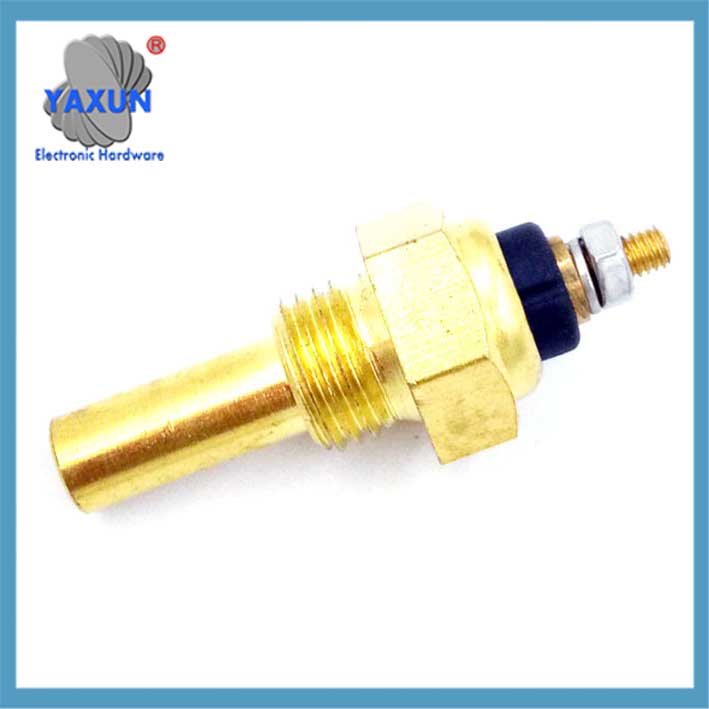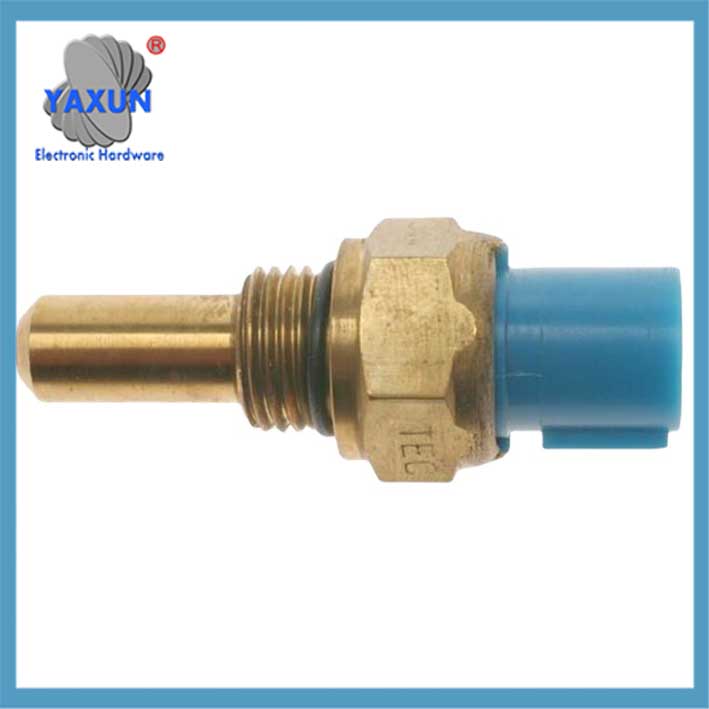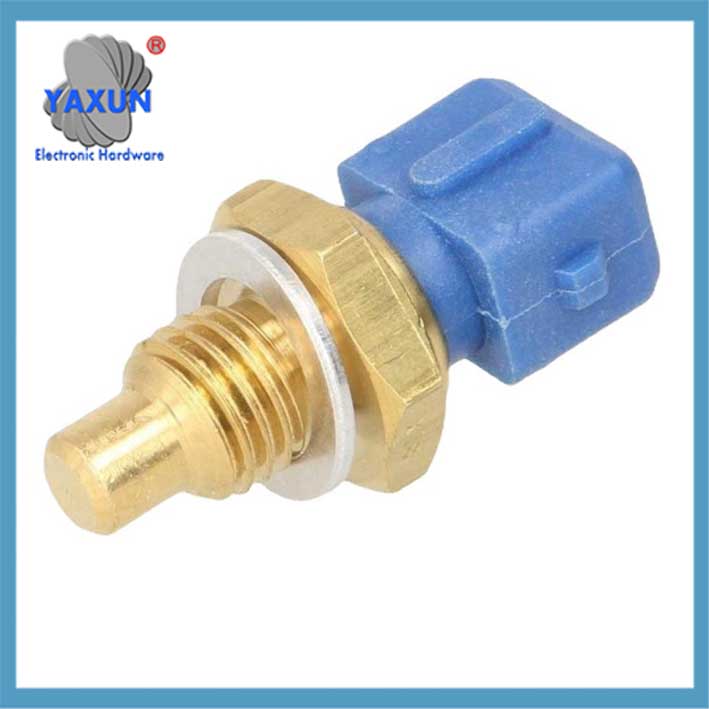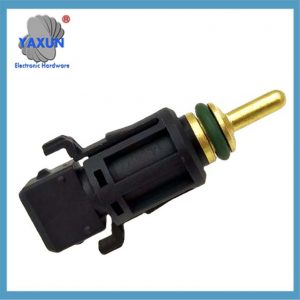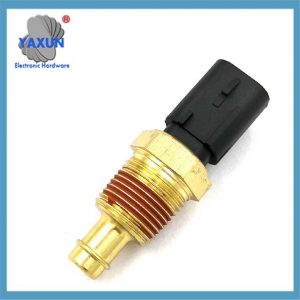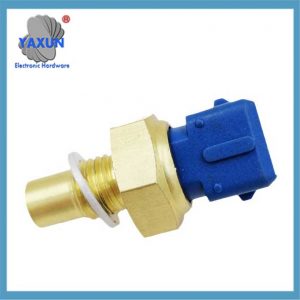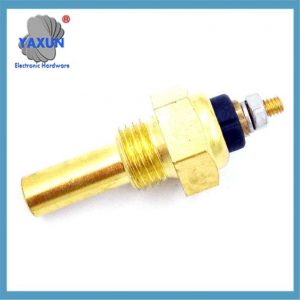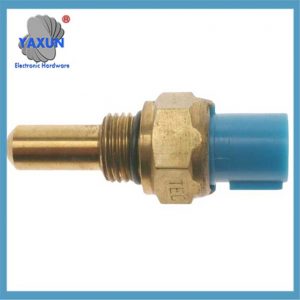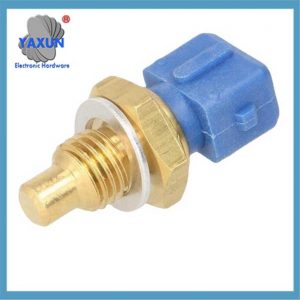Danh mục sản phẩm
- cầu chì nhiệt 32
- cầu chì gắn trên bề mặt 12
- nhiệt điện trở 36
- Giá đỡ cầu chì gắn PCB 27
- Dây nịt dây điện 6
- Giá đỡ cầu chì lưỡi 17
- máy điều nhiệt 50
- Cầu chì điện 24
- Cảm biến nhiệt độ ô tô 7
- Bộ ngắt mạch nhiệt 22
- Hộp đựng cầu chì 36
- Cảm biến nhiệt độ 75
- Công tắc nhiệt 68
- Cầu chì ô tô 20
- Cầu chì chốt xuống 8
Thẻ sản phẩm
Cắm cảm biến nhiệt độ nước ô tô (cho quạt làm mát tản nhiệt)
Cảm biến nhiệt độ nước là thành phần cốt lõi của hệ thống làm mát ô tô. Thành phần cốt lõi của nó là nhiệt điện trở NTC, được lắp đặt trên đầu xi lanh động cơ hoặc kênh nước. Thành phần này trông đơn giản, nhưng nó thực sự rất quan trọng đối với việc điều khiển động cơ. Nó sẽ ảnh hưởng trực tiếp đến việc điều chỉnh lượng phun và thời điểm đánh lửa của ECU..
Cảm biến nhiệt độ nước là thành phần cốt lõi của hệ thống làm mát ô tô. Thành phần cốt lõi của nó là nhiệt điện trở NTC, được lắp đặt trên đầu xi lanh động cơ hoặc kênh nước. Thành phần này trông đơn giản, nhưng nó thực sự rất quan trọng đối với việc điều khiển động cơ. Nó sẽ ảnh hưởng trực tiếp đến việc điều chỉnh lượng phun và thời điểm đánh lửa của ECU..
The resistance of the thermistor inside the sensor will change with temperature: the lower the temperature, điện trở càng lớn, and the higher the temperature, the smaller the resistance. The ECU determines the water temperature by measuring this resistance change. 8 Supplementary Note: At 30°C, the resistance is usually between 1.4-1.9kΩ.
The installation position of the water temperature sensor varies greatly for different models: Corolla is on the right side of the cylinder block, Accord is on the front of the engine, and Focus is on the rear of the cylinder block. Modern models are more installed on the side of the cylinder head near the thermostat.
Common failure phenomena of water temperature sensors: difficult cold start, tốc độ không tải không ổn định, abnormal water temperature gauge, vân vân. The engine needs to increase the injection amount by 30% ở nhiệt độ thấp, and if the sensor fails, it cannot be compensated correctly.
There are five ways to detect water temperature sensors: multimeter resistance measurement, hot water test, data flow analysis, vân vân. Trong số đó, heating test with a multimeter is the most commonly used on-site detection method.
When replacing the water temperature sensor, the coolant must be drained first, otherwise it will cause air intake in the cooling system. Sau khi cài đặt, the sealing should also be checked to prevent coolant leakage.
The following is a comprehensive description of the automotive water temperature sensor, which is organized in combination with technical principles, functional characteristics and troubleshooting points:
TÔI. Core structure and working principle
1. Thermistor characteristics
Using negative temperature coefficient (NTC) semiconductor materials, giá trị điện trở giảm theo cấp số nhân khi nhiệt độ tăng (about 2.5kΩ at 20℃, và giảm xuống 0,3kΩ ở 80oC).
The resistance change is converted into an electrical signal (1.3-3.8V linear range) through a three-wire or four-wire circuit and transmitted to the engine control unit (ECU).
2. Signal output logic
The ECU calculates the water temperature in real time after receiving the voltage signal:
Low temperature conditions (-20oC): Increase the ignition advance angle by 8-12° and increase the injection amount (+30% cold start compensation).
High temperature conditions (100oC): Delay the ignition advance angle by 4-6° to prevent explosion.
Ii. Installation location and type
| Location classification | Proportion | Typical model examples |
| Cylinder head/cylinder water jacket | 65% | Toyota Corolla (right side of cylinder block) |
| Water channel near thermostat | 22% | Honda Accord (front of engine) |
| Radiator outlet pipe | 13% | Ford Focus (rear of cylinder block) |
Ghi chú: Modern models mostly use a four-wire integrated sensor, which is fixed at the thermostat interface on the side of the cylinder head.
Iii. Detailed explanation of functions and effects
1. Engine control
Fuel correction: increase the injection concentration at low temperature and restore the reference injection amount at high temperature.
Idle speed adjustment: increase the speed to 1200-1500rpm at low temperature (through the idle speed control valve).
2. Cooling system management
When the water temperature is ≥95℃, the cooling fan is triggered to start (coordinated with the normally closed temperature control switch).
When the temperature is abnormally high (>105℃), the fan high-speed operation mode is activated.
3. Instruments and diagnosis
The drive water temperature gauge displays the real-time temperature (lỗi <±15℃ is normal).
Output fault code (such as P0115/P0118) for the diagnostic instrument to read.
Iv. Fault manifestation and diagnosis
Common fault types
| Fault phenomenon | Root cause | Impact on the engine |
| Difficult cold start | Thermistor open circuit/short circuit | ECU cannot provide rich mixture |
| Idle speed fluctuation/flashing | Signal drift (abnormal resistance value) | Fuel injection correction failure |
| Water temperature gauge abnormal display | Poor line contact or sensor damage | Pointer stuck or indication out of range |
| Fan continues to run | High temperature signal false alarm (such as short circuit to positive pole) | ECU misjudged as overheating |
Diagnostic method
1. Resistance test
Remove the sensor and use a multimeter to measure the resistance between the terminals:
30℃ environment: normal resistance value 1.4-1.9kΩ.
80℃ hot water immersion: resistance should drop to 0.3–0.4kΩ (if unchanged, failure).
2. Data flow analysis
The diagnostic instrument reads the ECU data flow:
Normal value: 90–105℃ (driving).
Fault prompt: Display -40℃ (hở mạch) or 130℃ unchanged (short circuit).
V.. Maintenance precautions
1. Replacement operation specifications
Drain the coolant before removing the sensor to avoid air intake in the cooling system.
Use sealant during installation, and control the torque to 8–12N•m (leakage prevention).
2. Model selection and matching
Resistance range: Need to match the original car’s 275–6500Ω resistance characteristics.
Interface type: Confirm the specifications such as M18×1.5 thread or ZM14 taper thread.
Warning: Sensor failure can cause fuel consumption to increase by more than 15% or permanent damage to the engine, and needs to be replaced in time.
Mã sao chép nàng tiên cá
graph TD
MỘT[Water temperature sensor failure] –> B{Detection steps}
B –> C[Multimeter resistance measurement]
B –> D[Diagnostic instrument reads data stream]
C –>|Abnormal resistance| E[Thay thế cảm biến]
D –>|Signal drift| E
C –>|Normal resistance| F[Check line grounding]
D –>|Normal signal| G[Check other systems]
Liên hệ với chúng tôi
Đang chờ email của bạn, chúng tôi sẽ trả lời bạn trong vòng 12 giờ với thông tin có giá trị bạn cần.
 English
English Afrikaans
Afrikaans العربية
العربية বাংলা
বাংলা bosanski jezik
bosanski jezik Български
Български Català
Català 粤语
粤语 中文(简体)
中文(简体) 中文(漢字)
中文(漢字) Hrvatski
Hrvatski Čeština
Čeština Nederlands
Nederlands Eesti keel
Eesti keel Suomi
Suomi Français
Français Deutsch
Deutsch Ελληνικά
Ελληνικά हिन्दी; हिंदी
हिन्दी; हिंदी Magyar
Magyar Bahasa Indonesia
Bahasa Indonesia Italiano
Italiano 日本語
日本語 한국어
한국어 Latviešu valoda
Latviešu valoda Lietuvių kalba
Lietuvių kalba македонски јазик
македонски јазик Bahasa Melayu
Bahasa Melayu Norsk
Norsk پارسی
پارسی Polski
Polski Português
Português Română
Română Русский
Русский Cрпски језик
Cрпски језик Slovenčina
Slovenčina Slovenščina
Slovenščina Español
Español Svenska
Svenska ภาษาไทย
ภาษาไทย Türkçe
Türkçe Українська
Українська اردو
اردو Tiếng Việt
Tiếng Việt
